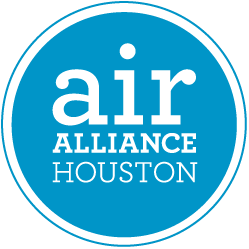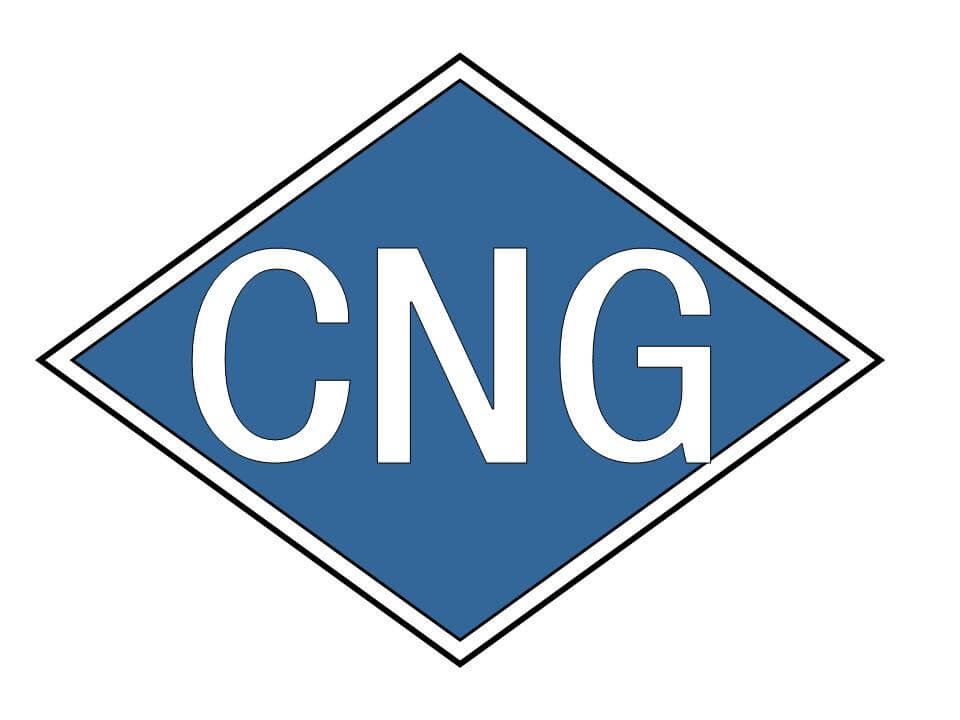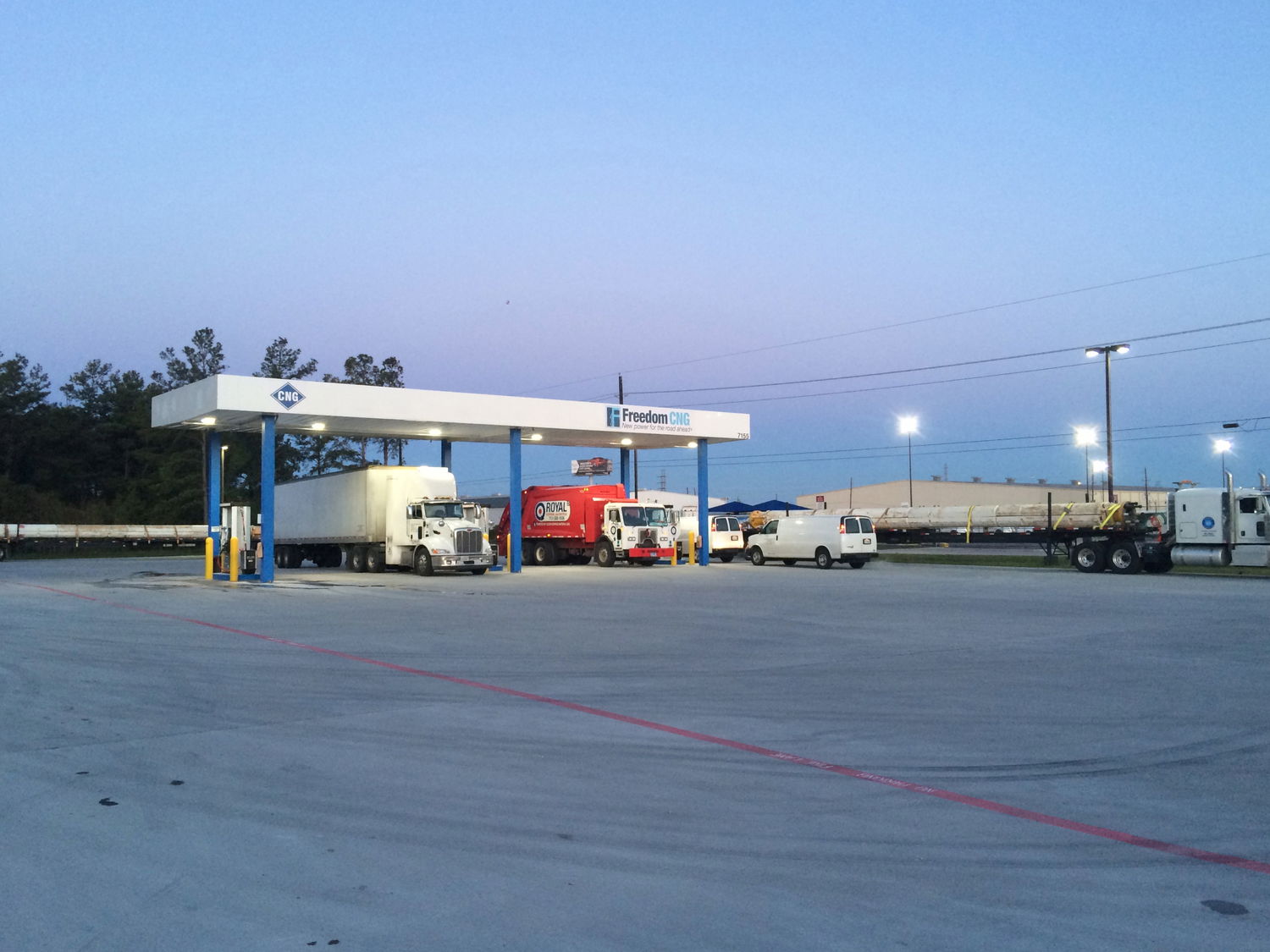Why CNG?
CNG is a readily available alternative to gasoline that’s made by compressing natural gas to less than 1% of its volume at standard atmospheric pressure. It’s drawn from domestically drilled natural gas wells or in conjunction with crude oil production.
Natural gas powers more than 12 million vehicles on the road today. Unfortunately, only about 250,000 of these are being used in the U.S., according to GE. The average growth rate in the U.S. shows a 3.7% increase per year since 2000, as contrasted with a booming global growth rate of 30.6% per year.
Expanding the numbers of CNG fueling stations would allow for the increase of CNG vehicles on U.S. roads. There are 12,000 around the world, yet the U.S. claims about 500 public stations. New technologies and greater demand mean that the number of new stations is climbing rapidly.
However, as gasoline prices continue to rise, American interest in CNG is rising, and with good reason – CNG costs about 50% less than gasoline or diesel, emits up to 90% fewer emissions than gasoline and* there’s an abundant supply right here in America. So it’s clean, affordable abundant and American.
CNG is Better for our Air
Alternative fuel vehicles such as CNGs produce little or no evaporative emissions (i.e. fumes) during fueling and use. In gasoline vehicles, evaporative and fueling emissions can account for at least 50% of a vehicle’s total emissions.
Natural gas produces lower carbon dioxide (CO2) emissions per vehicle mile traveled. While CNG vehicles do emit methane, another principle greenhouse gas, any increase in methane emissions is more than offset by a substantial reduction in CO2 emissions compared to other fuels.



CNG is Safe
Although CNG is flammable, it has a narrow flammability range, according to the U.S. Environmental Protection Agency, making it an inherently safe fuel. Strict safety standards make CNG vehicles as safe as gasoline-powered vehicles. In the event of a spill or accidental release, CNG poses no threat to land or water, as it is nontoxic. CNG also disperses rapidly, minimizing ignition risk when compared to gasoline. Natural gas is lighter than air and will not pool as a liquid or vapor. Nevertheless, indoor leaks can form a flammable mixture in the vicinity of an ignition source.
CNG is primarily methane, which is a greenhouse gas that could contribute to global climate change if leaked. Methane is slightly soluble in water and under certain anaerobic conditions does not biodegrade. If excess amounts accumulate, the gas can bubble in water creating a possible risk of fire or explosion.
Reported incidents of CNG bus fires are related to engine failures, not the use of natural gas. Natural gas buses have onboard gas detectors and other safety devices such as tank safety valves that only allow fuel flow when the engine is on. Also, the tanks must be periodically inspected by the U.S. Department of Transportation.
There are, however, some safety concerns with CNG buses compared to diesel fuel buses, such as greater breaking distance due to increased fuel storage system weight. This is a relatively small concern, however, because the fuel system is a small fraction of a bus’ total weight. CNG buses also might accelerate more slowly than their diesel counterparts.
For more information follow us on Twitter!
